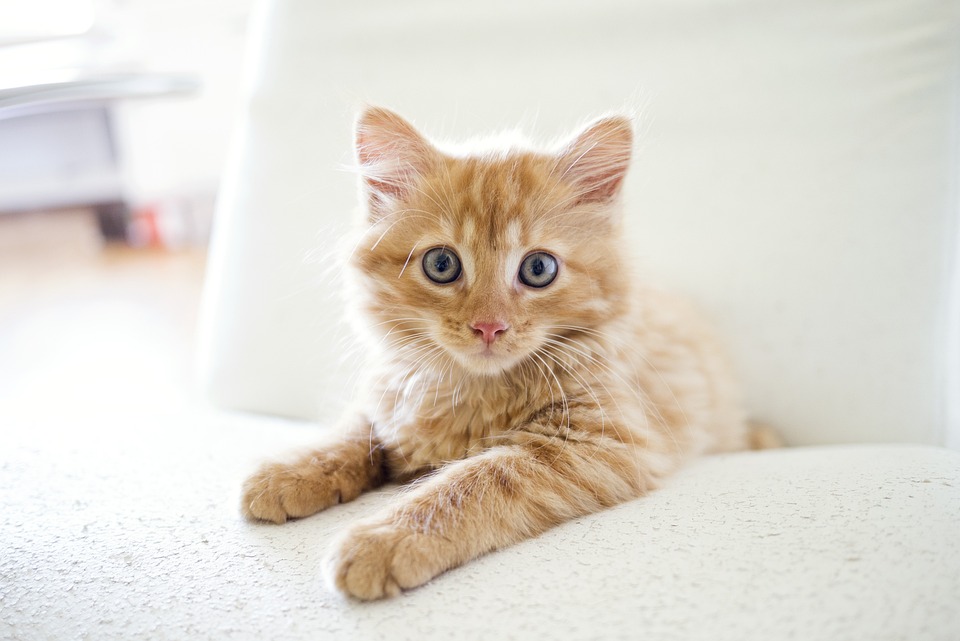Cat playtime is not just about entertaining your furry friend; it is essential for their overall health and well-being. Engaging in play helps cats exercise, maintain a healthy weight, and prevent behavioral problems. However, as a cat owner, you may face certain challenges when it comes to encouraging your cat to play. In this article, we will explore some common challenges and provide effective solutions to ensure your cat has a fun and engaging playtime experience.
Understanding the Importance of Playtime for Cats
Before delving into the challenges and solutions, let’s first understand why playtime is crucial for your cat’s health:
1. Physical Exercise: Cats are natural hunters, and playtime allows them to mimic their instinctual behaviors. Running, jumping, and pouncing during play helps them burn calories, maintain muscle tone, and stay fit.
2. Mental Stimulation: Playtime provides mental stimulation, which is vital for a cat’s cognitive development. Engaging their senses and problem-solving abilities through interactive play keeps their minds sharp and engaged.
3. Stress Relief: Regular play sessions help cats release excess energy and reduce stress. It can prevent behavioral issues such as aggression, anxiety, and destructive behavior caused by boredom or pent-up energy.
Common Challenges Encountered during Cat Playtime
1. Lack of Interest: Some cats may not show enthusiasm for playtime, making it challenging to engage them.
Solution: Experiment with different types of toys to identify your cat’s preferences. Cats have unique preferences when it comes to toys, so try interactive toys, catnip-filled toys, laser pointers, or feather wands. Observe what captures your cat’s attention and tailor playtime accordingly.
2. Short Attention Span: Cats may lose interest quickly, leading to short play sessions.
Solution: Keep play sessions short and frequent, as cats have shorter attention spans compared to dogs. Aim for two or three play sessions of 10-15 minutes each throughout the day. This approach ensures your cat stays engaged without getting bored.
3. Lack of Space: Limited space can hinder your cat’s playtime, especially if you live in a small apartment.
Solution: Create vertical spaces by providing cat trees, shelves, or perches. Cats enjoy climbing and observing their surroundings from higher vantage points. Additionally, clear a dedicated play area free from obstacles where your cat can run, jump, and explore.
4. Playtime Timing: Choosing the wrong time for play can result in your cat being unresponsive or disinterested.
Solution: Cats are more active during dawn and dusk, as they are crepuscular animals. Schedule playtime during these periods to align with your cat’s natural energy levels. However, if your cat shows interest at other times, adjust playtime accordingly to accommodate their preferences.
Frequently Asked Questions (FAQs)
Q1: How often should I engage my cat in playtime?
A1: Cats benefit from daily playtime. Aim for two or three short play sessions of 10-15 minutes each spread throughout the day.
Q2: Can I leave my cat alone with toys during playtime?
A2: It is generally safe to leave your cat alone with toys, but it is important to supervise them initially to ensure they don’t swallow small parts or get tangled in strings. Choose toys specifically designed for cats and avoid those with potential choking hazards.
Q3: What if my cat shows no interest in any toys?
A3: If your cat seems uninterested in toys, try incorporating interactive play with you. Use a feather wand or a laser pointer to engage your cat’s hunting instincts. Consulting with a veterinarian or a cat behaviorist may also help identify any underlying issues.
Q4: Are there any toys to avoid during playtime?
A4: Avoid using your hands or feet as play objects, as it can encourage biting or scratching behaviors. Additionally, keep string-like toys such as yarn or ribbon away from your cat, as they can be dangerous if ingested.
Remember, each cat is unique, so be patient and adapt playtime strategies to suit your cat’s individual preferences. Regular play, along with love and attention, will contribute to a happy, healthy, and engaged feline friend.








